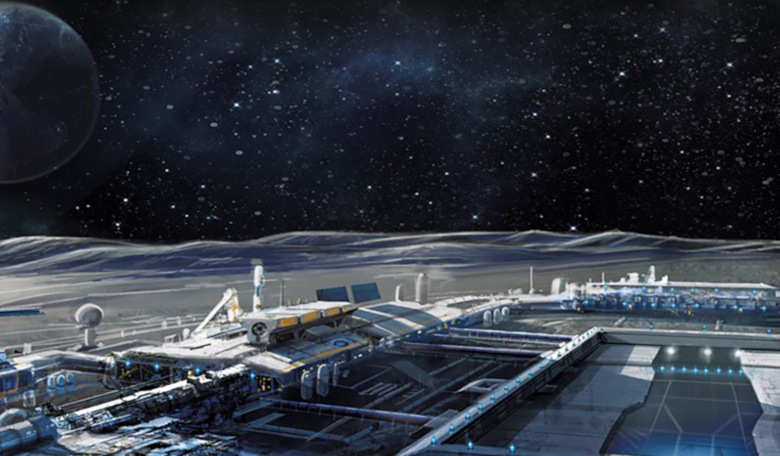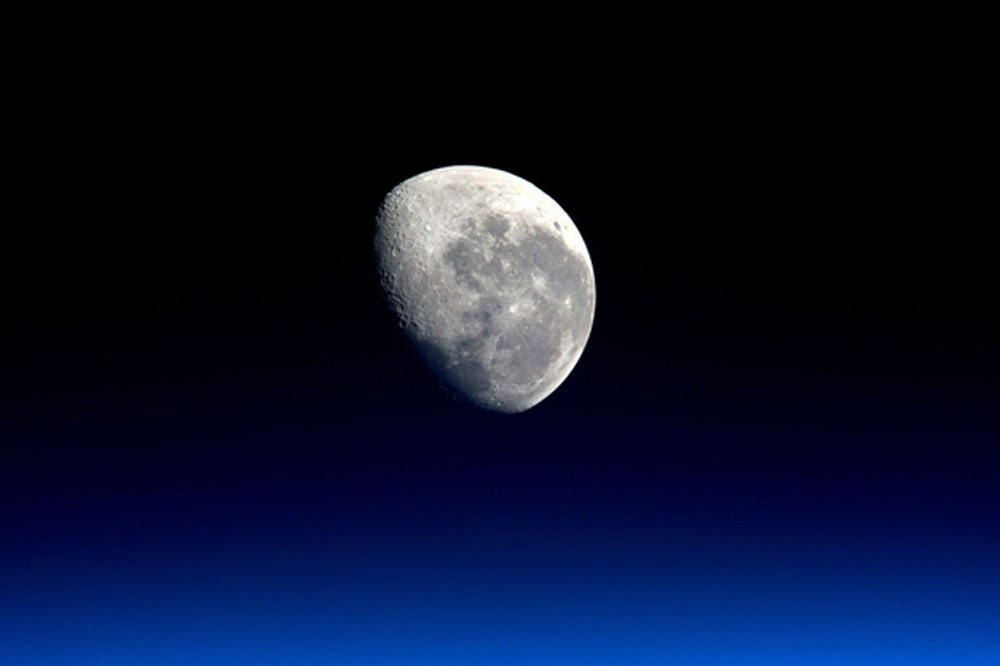
Orion will spend up to six weeks in space, where it will orbit the Moon and return to Earth, splashing down off the San Diego coast.Īrtemis II – The spacecraft will make its first crewed test flight around the Moon. Just like the Apollo mission, the rocket that will propel the spacecraft into orbit will leave from launch block 39B at the Kennedy Space Center in Cape Canaveral.
#LOGISTICS OF THE MOON VILLAGE WINDOWS#
For this mission the next launch windows are planned for November 14th, 16th or the 19th. The programme foresees three stages, which will be divided into the following missions:Īrtemis I – The first mission will test the Space Launch System with a crewless test flight of Orion around the Moon and back. The ambitious Artemis programme comprises several components, including a launch system (SLS), the Orion spacecraft that will transport the astronauts, a Lunar Gateway, the astronauts’ home that will orbit the Moon, and a lunar landing system (Human Landing System). In that moment, the effort of about 50 Leonardo engineers and experts who made the “wings” and the electronic units to power Orion’s European service module will be acknowledged".Īrtemis I, Space Launch System (SLS) and Orion on the launch pad at the Kennedy Space Center (Florida, USA) The programme This will require several innovative technologies, which the NASA and ESA collaboration can deploy through their respective industrial systems.įor Giovanni Fuggetta, Leonardo's SVP Divisional Space Business, the first Artemis mission that will lit off from the Kennedy Space Center in Florida, “will be a historic day for space exploration. Human presence on the lunar surface will be sustainable and will allow for further research that will also provide useful knowledge for our life on Earth. This will make the Moon not only a point of arrival but also a point of departure, because the next step in the programme will be to test out the technologies required for human missions to Mars. But this time round, the objective of Artemis is to return to our satellite and stay there. Not by chance, the American space agency has named the programme “ Artemis”, the goddess from Greek mythology and twin sister of Apollo, who in turn inspired the name of the first US missions to the Moon.


Developed by NASA in collaboration with the European Space Agency ( ESA), an ambitious plan is now about to become reality: 50 years after Eugene Cernan’s last Moon walk, humanity will set foot on our satellite once more, and one of them will be a female astronaut. The best of the space industry’s key players are currently at work on the next lunar missions.


 0 kommentar(er)
0 kommentar(er)
